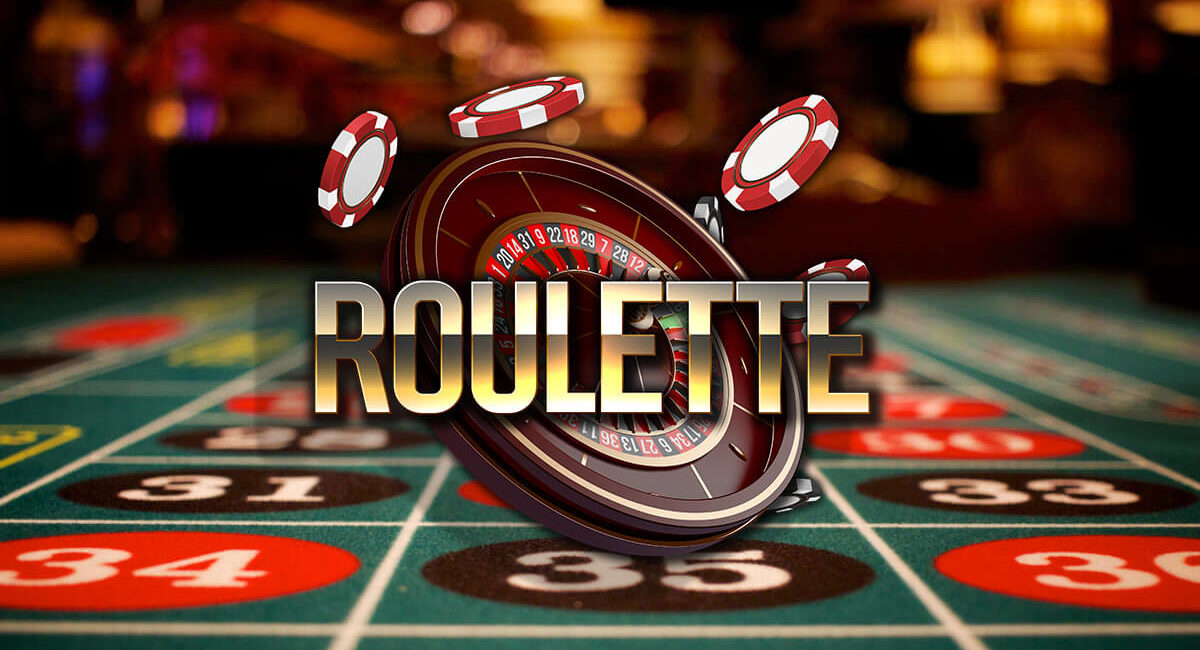Gonzalo Garcia-Pelayo
This is a story about a roulette player from Madrid, and a lot of roulette wheels that weren’t quite as perfect as they should have been. The result? Un hombre from Madrid made a lot of “pasta”.
Trailer For “The Pelayos” (In Spanish). About Gonzalo Garcia-Pelayo’s Team

If we are going to talk about roulette wheel bias, we have to talk about a guy called Gonzalo Garcia-Pelayo. His main job was a record producer, but on the side he harboured a fascination for roulette, and a belief that the casinos were there for the taking. He was following in the footsteps of other roulette watchers such as Dr Richard Jarecki who pulled off a similar trick in the seventies.
Try and Spot Some Biased Wheels on the live Roulette at Betfair.
He operated in the 1990s and made a lot of money identifying imperfect roulette wheels at casinos, and turning that knowledge into profit by successfully identifying hot zones on the wheel where the ball was more likely to end up.
Gonzalo Garcia-Pelay was one of the first players out there to work out that it was impossible to build a perfect roulette wheel when humans were involved in the construction. You could build an almost perfect wheel, but never a 100% perfect one, where human error comes in to play. The question he asked himself was not “are there imperfect wheels out there”, but rather “how imperfect are the roulette wheels out there”? And it turns out, that in the 90s at least, there were plenty!
Slight imperfections in attaining a 100% horizontal wheel, small differences in pocket sizes, wear and tear, problems with the wheels gears – these were all potential factors that could mean a biased wheel- and that could mean a player advantage if you were able to identify hot zones and cold zones on the wheel.
Gonzalo began by studying roulette wheel in his native Spain over the course of thousands of spins. He noted the outcomes and analysed the data on a computer. Once he was sure that he had identified hot zones, he would begin to bet, and managed to turn a 2.6% casino edge into a 15% player’s edge. And the key thing was , he never got greedy. Once he suspected that the casino was on to him, he upped sticks and moved on to the next place.
Once he’d overstayed his welcome in Spain, he moved to Las Vegas and made around $1.5 million on the tables there. The Supreme Court of Spain even ruled in Gonzalo’s favour when one Spanish casino tried to sue him. He was taken to court by the Casino Gran Madrid halfway through 90s, and the case was closed in 2004 as follows:
“The judge said there was nothing illegal in Mr Garcia-Pelayo’s approach, which used sophisticated computer modelling techniques to work out which numbers offered the best chance of winning.”
There is even a movie about his exploits:The Pelayos, and the story was picked up by the press in Spain (such as ABC) and around the world.
Often called “the Hombre who took Vegas to the Cleaners” because of his successful system.
Can you do a Gonzalo-Garcia-Pelayo Now?
Well, it gets more difficult because the casinos learn from their mistakes. These days, the new roulette wheels (such as the Cammegh Mercury 360) may even have rim sensors to measure these kinds of imperfections and alert the casino management to them before they become too much of a problem. There is also lots of surveillance going on, so you can be sure that if you are winning big on the roulette wheel, the casino is going to know about it quickly, and they are are going o be trying to second guess how you are doing it.
But on the flip side, technology that enables people to track these minute imperfections is improving all the time. And not all casinos can afford these sophisticated anti-wheel bias meausres. So we would guess that someone is doing this successfully right now.
Would you publicise the fact that you had an edge over the casinos? Or would you quietly go about your business without sticking your neck too far out. We know what we’d do….

